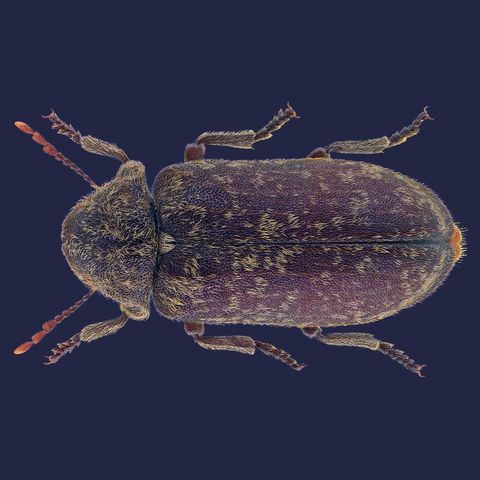The DNA sequence of a wood-munching marauder

Download and listen anywhere
Download your favorite episodes and enjoy them, wherever you are! Sign up or log in now to access offline listening.
Description
Tapping out the DNA code of the Deathwatch Beetle gives hope to future conservation research into battling this wood-munching marauder. The tapping sound of the adult Deathwatch Beetle, Xestobium rufovillosum,...
show moreThe tapping sound of the adult Deathwatch Beetle, Xestobium rufovillosum, a wood-boring insect, was traditionally meant to be bad luck, heralding tragedy in a household. Often heard in the quiet of the night, it was thought to be a countdown to death. Ironically, the ominous sound of the tapping adult beetle is actually a beetle duet between male and female adult beetles who tap to find mates in order to carry on the Deathwatch Beetle line.Out of the wood and into the lab, researchers from the Wellcome Sanger Institute have sequenced the genome of the Deathwatch Beetle for the first time.
Armed with the genome sequence of the Deathwatch Beetle, researchers at the University of Oxford, Cranfield University, and the National Museum of the Royal Navy have joined forces to further the study of the Deathwatch Beetle. Their aim is to assist with ongoing conservation efforts, better understand the beetle’s behaviour, biology and preserve the historic British warship HMS Victory.
Information
| Author | Wellcome Sanger Institute |
| Organization | Wellcome Sanger Institute |
| Website | - |
| Tags |
Copyright 2024 - Spreaker Inc. an iHeartMedia Company
